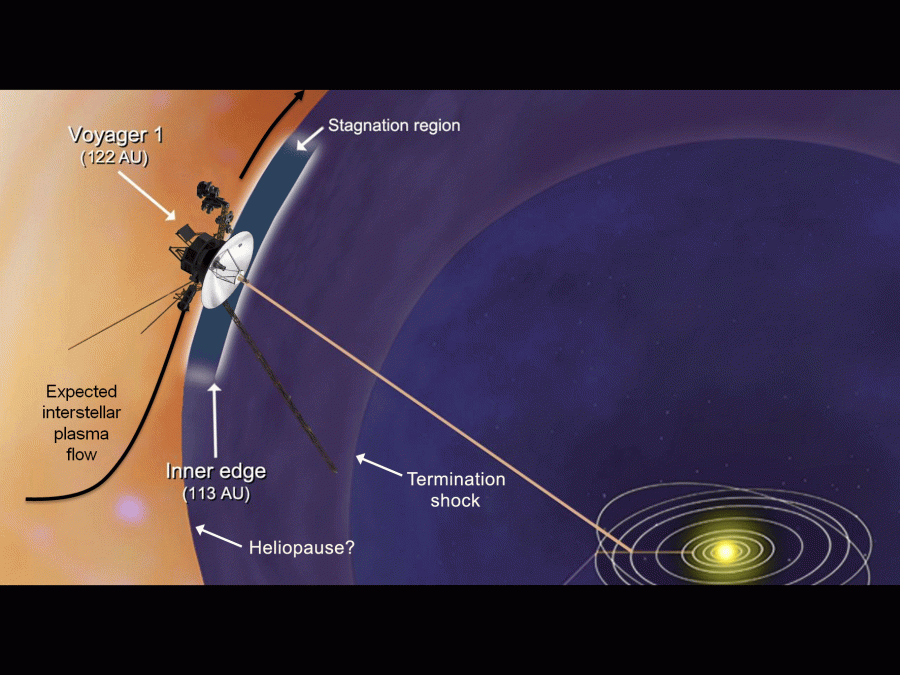Amazing 360 view of the First Stage Landing on Droneship. Just an amazing video although it is short you feel like your there watching this excitement unwind. Just fa-nominal footage as it lands. Listen to the crackle and watch as it descends at sea, simply out of this world, or should I say ,into this world? Back in early April, Elon Musk’s Space X finally achieved its goal of landing its reusable Falcon 9 rocketon a drone at sea. Shortly after, the space agency shared some impressive photos , of the landing, but now they’ve gone one step further and released an amazing 360-degree video of the event. The footage gives you a first-hand look at what it would be like to stand on the floating platform as the rocket touches down above you.This is the first time SpaceX has every released a 360-degree video, and hopefully it’s the first of many to come.
If you’re watching the video from a desktop browser, you can of course click and drag the point of view around to see different angles. But to experience it in a really special way, you need to use a VR headset.According to SpaceX has been trying for some time now to land one of its rockets after being launched into space, with prior failures and close attempts leading up to the April landing. That specific rocket had been used to deliver supplies to the International Space Station, and upon landing, SpaceX collected it to study its condition.It’s not clear yet if the booster will be used once again, and thus fulfill SpaceX’s mission of developing reusable rockets, but the agency has said that if it meets their requirements, they will re-launch it sometime in the near future.
SOURCE Space X






